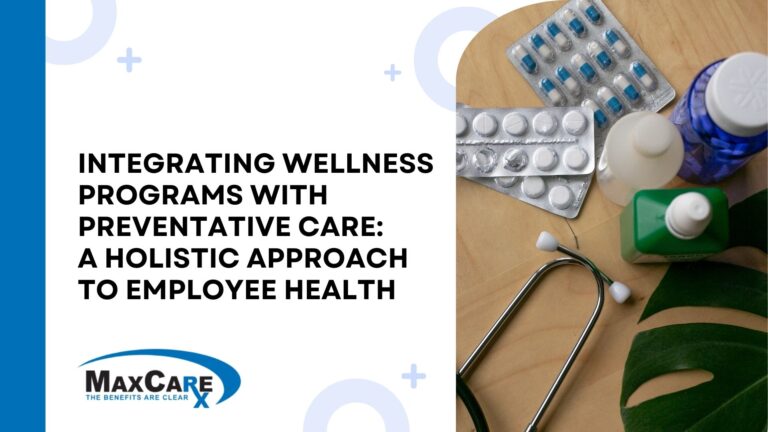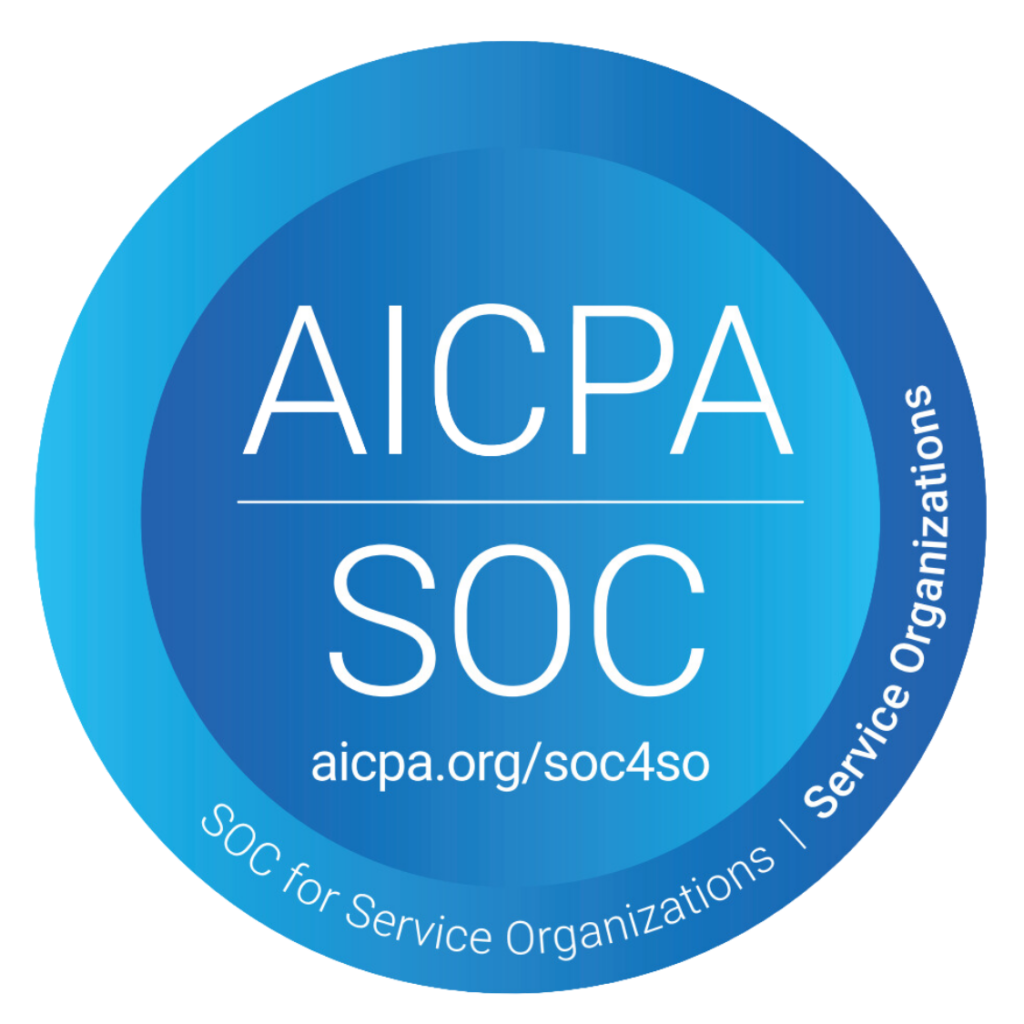The world of pharmacy is complex and ever-changing, making it vitally important to stay on top of trends within the marketplace in order to find the best possible solutions for reducing pharmacy spend for employers and their employees. At MaxCare, we are continuously monitoring these trends and formulating innovative solutions to reduce costs and increase member adherence for our clients.
Key Pharmacy Trends: 2022
Increasing Cost of Specialty Medications
Specialty medications continued to account for a majority of drug spending and are projected to remain as the most rapidly increasing area of pharmacy spend. With so many new specialty medications hitting the market, plan sponsors are looking to their PBMs for innovative cost-containment strategies to aid in reducing cost and increasing accessibility and adherence on high-cost medications. Some strategies of note that have continued to increase in popularity include utilizing alternative funding sources, copay-assistance programs, and international sourcing of medications.
Pricing Transparency and Real-Time Data Sharing
In the past year, there has been a large push from businesses and the federal government for increased transparency from pharmacy benefits managers and health insurance companies. Access to pricing information and claims data has become a major topic of discussion within the industry. In order to maximize transparency and optimize performance, many plan sponsors have been looking into utilizing PBMs that offer innovative data analytics tools that provide enhanced insight into claims information. New AI and automation advancements offer access to real-time claims data, allowing PBMs and plan sponsors to identify savings opportunities and areas for improvement.
Increased Interest in Self-Funding
With medical inflation expected to drastically increase in 2023, many businesses are looking into ways to save on their employee benefits programs. One solution that can aid in reducing healthcare costs and expanding plan and program options is adopting a self-funded insurance model. This model gives more control to employers and allows them to make more strategic decisions regarding plan options. In contrast to the fully-insured model, where pharmacy benefits are bundled in with medical benefits, the self-funded model separates pharmacy and medical benefits, which can increase cost-saving and optimize health benefits. This decentralization offers employers greater insight into their claims and allows the plan to understand where their money is being spent.
Expected Trends for 2023
Introduction of New Biosimilars
As the cost of specialty medications continues to increase, the expansion of the biosimilar market offers hope to plan sponsors and employees who rely on biologic medications, most of which have an extremely high price tag. Biosimilars are medications that are very similar to high-cost biologics but that come at a much lower cost. One of the most expensive and commonly prescribed biologics is Humira, which is used for conditions such as ulcerative colitis, rheumatoid arthritis, and Chron’s disease. The long-awaited launch of new biosimilars to Humira and other biologics is expected to bring significant savings for employer sponsored health plans in 2023 and beyond.
PBM Reform
With increased demand for transparency among pharmacy benefits managers and insurance companies, new legislative proposals are expected to greatly impact the industry in 2023. Legislation similar to the Pharmacy Benefit Manager Transparency Act of 2022, which aims to tackle issues such as spread pricing and undisclosed revenue streams from PBMs, is expected to play a role in the reshaping of the healthcare and pharmaceutical industry.


